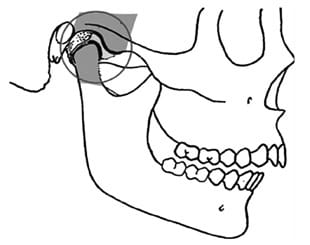
Is Centric Relation Really Repeatable?
One of the questions we get asked a lot is, is centric relation really repeatable?
And I want to look at this in two perspectives. A lot of people look at the reason we use centric relation is that we want to have a position that’s repeatable, when we’re doing our prosthetics, and that is absolutely true, particularly when we’re doing larger cases and we’re changing the vertical dimension of occlusion.
Mimicking the Arc of Closure
If we are in centric relation, and we mount our maxillary cast with a facebow, and we take our bite in centric relation, that means that when that articulator is opened, it is going to be opening on the exact same arc that exists on the patient.
It gives the lab a lot of freedom to change things a little bit if they might need a little bit more space when we’re doing these types of cases. And we absolutely know from the hinge axis recording devices, and of course, we don’t have to do that anymore, but there’s been enough study with hinge axis recording devices to be able to see the arc of closure and be able to see an absolute fixed point where the jaw is going to rotate in the centric relation.
So it’s important to understand that one of the reasons we use centric relation is for that ability.
Creating Interference-Free Occlusion
But I also want you to remember that the main reason to use centric relation, though, is it is to create an interference-free occlusion. And I want you to think about this. We all understand that you have to have equal stops on closure, and anterior guidance, and harmony with the envelope of function, and non-interfering posterior teeth.
If we build an occlusion forward of centric relation and we create a disclusion pattern in protrusion and left and right lateral, we may think we’re safe. But remember, if the lower jaw has the ability to seat up and back into centric relation, that is not going to happen without interfering posterior teeth along the way.
The MUDL Rule
You might remember the rule of MUDL, Mesial inclines of Upper, Distal inclines of Lower. That’s where the centric interferences exist, and we all had to memorize that rule for boards – for me, like 200 years ago. But the deal is, if we care about a good occlusion and if we care about creating an interference-free occlusion, we must do that in centric relation.
So as I look at CR, it is the only place that we can work where we’re going to have control, and of course, as an added benefit, it is absolutely repeatable and it can help us on some of these larger cases.
To learn more about occlusion, centric relation, anterior guidance and more, register for Functional Occlusion – From TMJ to Smile Design.









Leave a Reply
Want to join the discussion?Feel free to contribute!